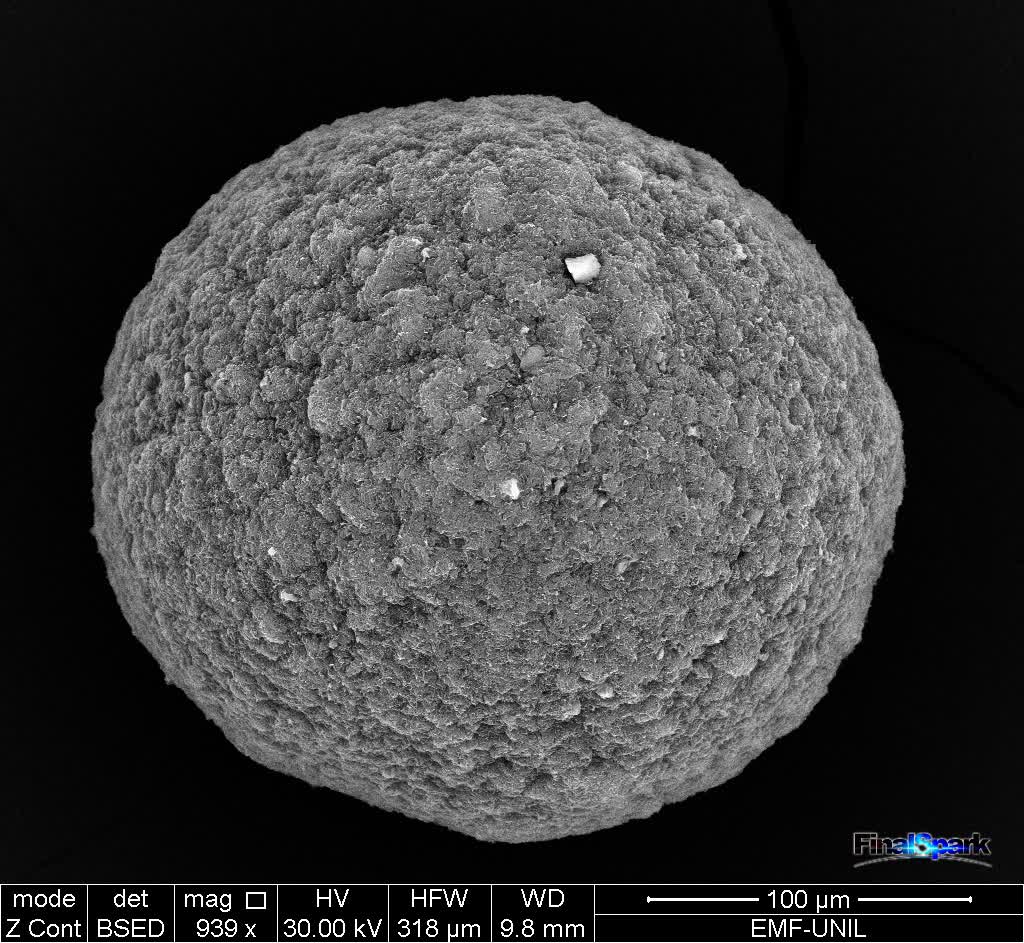
During the having a look glass: Researchers now have a strategy to behavior experiments on organic neurons in vitro. Those human mind organoids – there are 16 in overall – are geared toward growing the arena’s first dwelling processor and may also be accessed remotely via a web based platform for $500 a month if you’re a school or instructional establishment.
The platform was once evolved through FinalSpark, a Swiss biocomputing startup, which reports that 3 dozen universities have expressed passion in the usage of their platform. FinalSpark highlights the numerous calories financial savings it will be offering within the coaching and operation of enormous synthetic neural networks, comparable to the ones utilized in huge language fashions. Alternatively, this success remains to be some distance off: the venture is solely in its starting stages, and co-founder Fred Jordan states that such an formidable function can best be accomplished via global collaboration.
The organic part makes use of forebrain organoids derived from human prompted pluripotent stem cells. Those organoids can live on for years and comprise neurons, oligodendrocytes, and astrocytes function of the forebrain area, in line with a paper printed within the scientific journal Frontiers.

That is more or less the way it works: Neuroplatform permits long-term electrophysiological experiments on organic neural networks, or BNNS, that incorporates recording neural task, offering electric stimulation and environmental keep an eye on for over 100 days. The function of those experiments is to program the BNNs to accomplish computations, analogous to coaching synthetic neural networks.
The {hardware} features a microelectrode array device for interfacing with the forebrain organoids, microfluidics for computerized medium supply, environmental tracking, and a UV gentle device for uncaging neurotransmitters.
The device then integrates keep an eye on over {hardware} parts, knowledge logging, spike detection algorithms, and a Python API that allows advanced closed-loop experiments and integration with device finding out libraries.
Curiously, whilst silicon chips can face up to use for years, the neuronal buildings utilized in bioprocessors have a lifespan appropriate for experiments lasting a number of months, in line with FinalSpark. To start with, the company’s microelectrode arrays (MEAs) best lasted a couple of hours, however device refinements have prolonged the organoid lifespan to roughly 100 days.
As using computing energy continues to blow up, specifically in large-scale operations comparable to knowledge facilities, those position a vital drain on infrastructure and sources. The particular downside FinalSpark seeks to take on is the high-energy calls for of coaching and working huge synthetic neural networks. Those bioprocessors are composed of dwelling neurons able to finding out and processing data and so they devour 1,000,000 occasions much less energy than conventional virtual processors.
However this benefit will most likely best be discovered in the longer term. At this time, FinalSpark has granted unfastened get right of entry to to 9 establishments for analysis use best. As call for grows, the corporate will scale up its Neuroplatform, with the shared function of establishing the arena’s first dwelling processor.

Leave a Reply